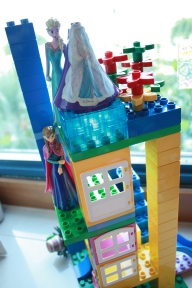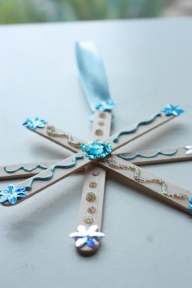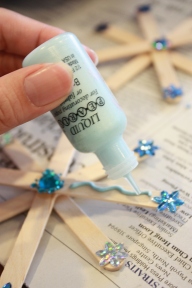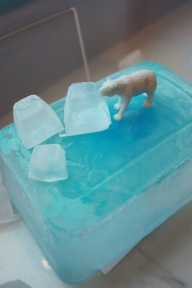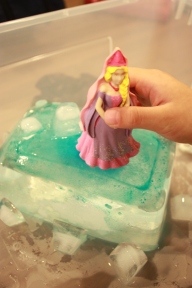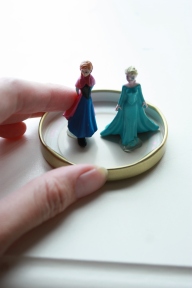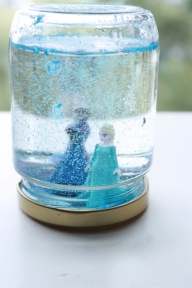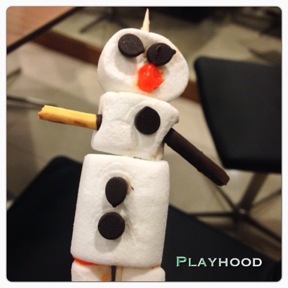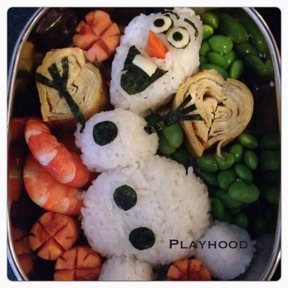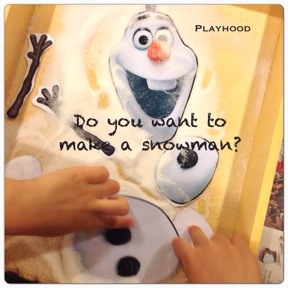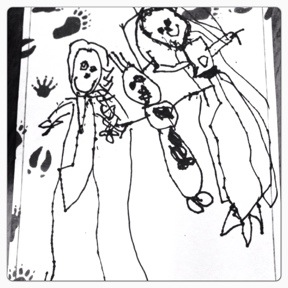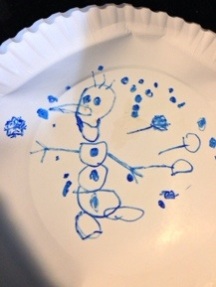Book Review- Maxilla

When my friend, Lianne first contacted me to do a blog write-up for her newly published book, “Maxilla”, I couldn’t be prouder of her! I have always been an ardent fan of local writers and illustrators, as I strongly believe they have so much to offer in terms of creating a local context for children to relate their daily experiences to, as well as showcasing their storytelling and artistic flare. So you can imagine how elated I was to receive this book! By our very local writer!
In this picture book, Lianne recounts her own boy’s magical experience with a caterpillar, and how a greater lesson of letting go comes through the storyline. The main character, Reuben found a caterpillar in the garden, named it Maxilla and hoped to see it transform into a butterfly. However, he found out that Maxilla can only survive in a natural habitat, otherwise it may die. Reuben is then confronted with the tough decision of whether to set it free or keep it.
Although this picture book resembled the theme in the all-time favourite- The Very Hungry Caterpillar, it carries a deeper, more personalized meaning for young children. Children can easily relate to Reuben’s struggles of letting go, especially when they want something so badly. And the embedded message is when you choose to let go and do what is best, you may just be surprised with something remarkable!
My first reading with my little 3-year old was amazing. She was enthralled and captivated by the colourful, realistic illustrations. She could also relate with the main character in the story as we too had an amazing encounter with some caterpillars once! She could recall her past experience of watching her caterpillars metamorphosise into moths.
5 Awesome Activities Based on Maxilla
This book is rich in its potential to bring forth several learning objectives in terms of language, math and science! Based on this book, I have come up with 5 activities for my preschooler girl.
1. Caterpillar Art
For this simple art activity, simply re-use your little tea cups or bottles to make circle prints for the caterpillar! My little girl had so much fun making adjacent circles and seeing the caterpillar emerge in no time! She then requested to paint the caterpillar body green, as she recalled the illustration from the book Maxilla. She said she wanted the same caterpillar as Reuben in the story.



2. Counting Caterpillar
The idea of using the circles to learn counting came to mind straight away when I was thinking up of a math-related activity to do. Simply write consecutive numbers on circle cut-outs, and you can create several caterpillars with numbers from 1 to 10, 10 to 20, and so on. Your child will be extremely motivated to line the numbers in sequence to create the caterpillar! It’s a great way to teach your child how to count using one-to-one correspondence!

3. Subtraction Story
For older children, your child can come up with a subtraction story, where they imagine the hungry caterpillar eating up food items. You can use food cut-outs as visual aids for your child, and simply write out a subtraction story. Then come up with a subtraction sentence and number bond representation for the story. This method helps to contextualize learning for your child since it is a book-based activity, and also interests your child to pick up beginning concepts of subtraction. I did this activity with my class of 6-year olds and they love it!

4. Butterfly Snack
I saw this lovely idea online and decided to try making some butterfly snacks for my girl and her classmates. We went to the supermarket to browse through the selection of nuts and cereals, and turned out to be a very enriching experience of getting to know the various types of nuts and cereals! She then worked with me to decorate the clothespins and her eyes sparkled when I put it together to make into butterflies! It is a wonderful way to entice your little one to eat healthy!


5. Butterfly Kit
This is probably our favourite activity to do! Learning science is simply about tickling your child’s curious mind. Providing a sense of wonder and curiosity is the first steps to getting your child excited about learning about the objects around them. This picture book is ideal in introducing the theme of insects or caterpillars to your child! You can easily get a butterfly kit from Oh Farms, and let your child have an experience of caring for their very own caterpillar and watching it turn into a butterfly! Through it, the lesson on the life cycle of a butterfly takes on greater meaning as they experience it first-hand for themselves! Remember to document the whole process with photos and dialogues with your child, and it can become a long-lasting memory for your child!
You can find out more about purchasing your butterfly kits from this website http://www.ohfarms.com.sg/products/butterfly_kits
Author Biography
Lianne Ong is a freelance writer who writes primarily about parenting, education and fashion. Maxilla was written based on events that happened when her family was living in California. She now lives in Singapore with her husband and two children, Reuben and Phoebe.
Maxilla Book
Grab a copy of Maxilla picture book at all major bookstores in Singapore (Kinokuniya, Times Bookstore and MPH Bookstores) at only SGD $10.60!
For our overseas readers, it is also available worldwide at MPH Online!
For more information on Maxilla, do visit the Facebook Page
https://www.facebook.com/MaxillaTheBook
(FYI, I do not receive any monetary reward for writing this book review! It’s all for the love of supporting our local writers! 🙂

This blog post is published in The Preschool Survival Kit Magazine distributed to all preschools in Singapore.








